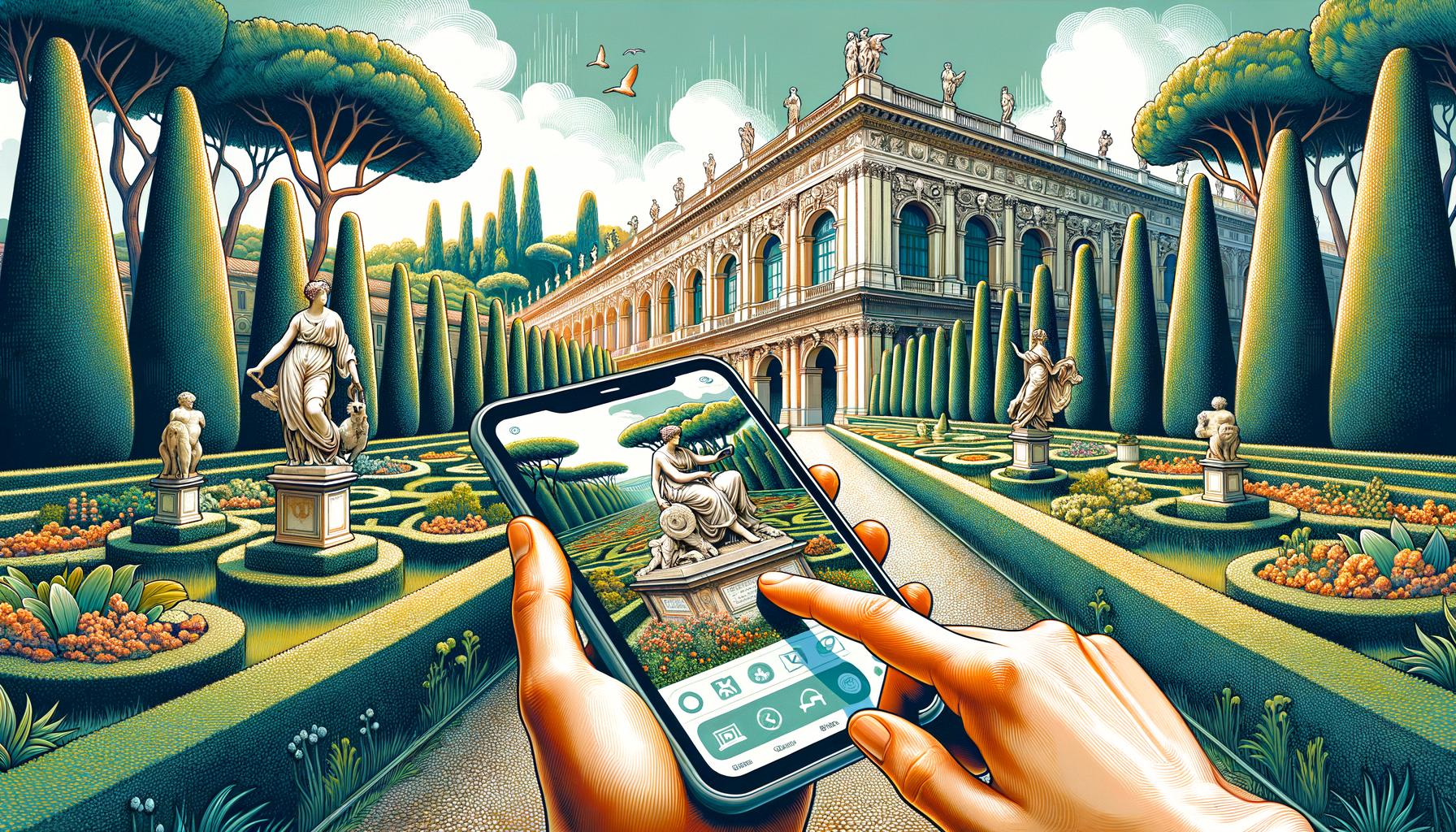
Unveiling the Renaissance Splendor of Rome
Rome during the Renaissance was a time of great cultural, artistic, and architectural achievement. The city was transformed into a center of humanist learning and artistic patronage, with the papal court and wealthy merchant families commissioning some of the most iconic works of art and architecture in history. In this article, we will delve into the Renaissance splendor of Rome, exploring its most important landmarks, artworks, and the impact of this period on the city’s development.
The Influence of the Papal Court
The Renaissance period in Rome was heavily influenced by the power and wealth of the papal court. Popes such as Sixtus IV, Julius II, and Leo X were notable patrons of the arts, commissioning the construction of grand palaces, churches, and the sponsorship of renowned artists such as Michelangelo, Raphael, and Bramante. One of the most iconic examples of Renaissance architecture in Rome is the St. Peter’s Basilica, designed by Donato Bramante, which stands as a testament to the papal court’s ambition and commitment to artistic excellence.
Michelangelo’s Masterpieces
No exploration of Rome during the Renaissance would be complete without a discussion of the artistic genius of Michelangelo. His works, such as the Sistine Chapel ceiling and the sculpture of David, are considered some of the greatest masterpieces of the period. The Sistine Chapel ceiling, in particular, represents the pinnacle of Renaissance art, depicting scenes from the Book of Genesis with unparalleled skill and complexity. Visitors to Rome during the Renaissance were awestruck by Michelangelo’s ability to capture the human form with such precision and emotion, setting a new standard for art in the city.
The Legacy of Raphael
Another towering figure of the Renaissance in Rome was the painter and architect Raphael. His frescoes in the Vatican Palace, including the famous “Stanze di Raffaello,” exemplify the harmonious balance and elegant beauty of High Renaissance art. Raphael’s works were celebrated for their idealized depictions of the human form and their ability to convey a sense of grandeur and grace. His influence can still be felt throughout the city, as his works continue to inspire artists and admirers from around the world.
The Architectural Marvels
Rome during the Renaissance saw the construction of some of the most iconic architectural marvels in history. The imposing dome of the St. Peter’s Basilica, designed by Michelangelo and later completed by Giacomo della Porta, remains a symbol of the city’s towering ambition. The grandeur of the Palazzo Farnese, designed by Antonio da Sangallo the Younger, and the Villa Medici, with its beautiful gardens and classical facades, further highlight the city’s commitment to architectural excellence during this period.
The Impact on Urban Development
The Renaissance period in Rome had a profound impact on the city’s urban development, shaping the layout and character of its streets, piazzas, and public spaces. The grandeur of the Piazza del Campidoglio, designed by Michelangelo, and the elegance of the Piazza Navona, adorned with the Fountain of the Four Rivers by Gian Lorenzo Bernini, are lasting testaments to the Renaissance vision for Rome’s public realm. The city’s streets and neighborhoods were also transformed, with the construction of grand palaces, churches, and gardens that continue to define Rome’s unique architectural and artistic identity.
In conclusion, Rome during the Renaissance was a time of unparalleled artistic achievement and cultural transformation. The influence of the papal court, the genius of artists such as Michelangelo and Raphael, and the enduring legacy of architectural marvels continue to shape the city’s identity and inspire visitors from around the world. By delving into the splendor of the Renaissance period, we gain a deeper appreciation for Rome’s enduring legacy as a center of artistic and cultural excellence.
